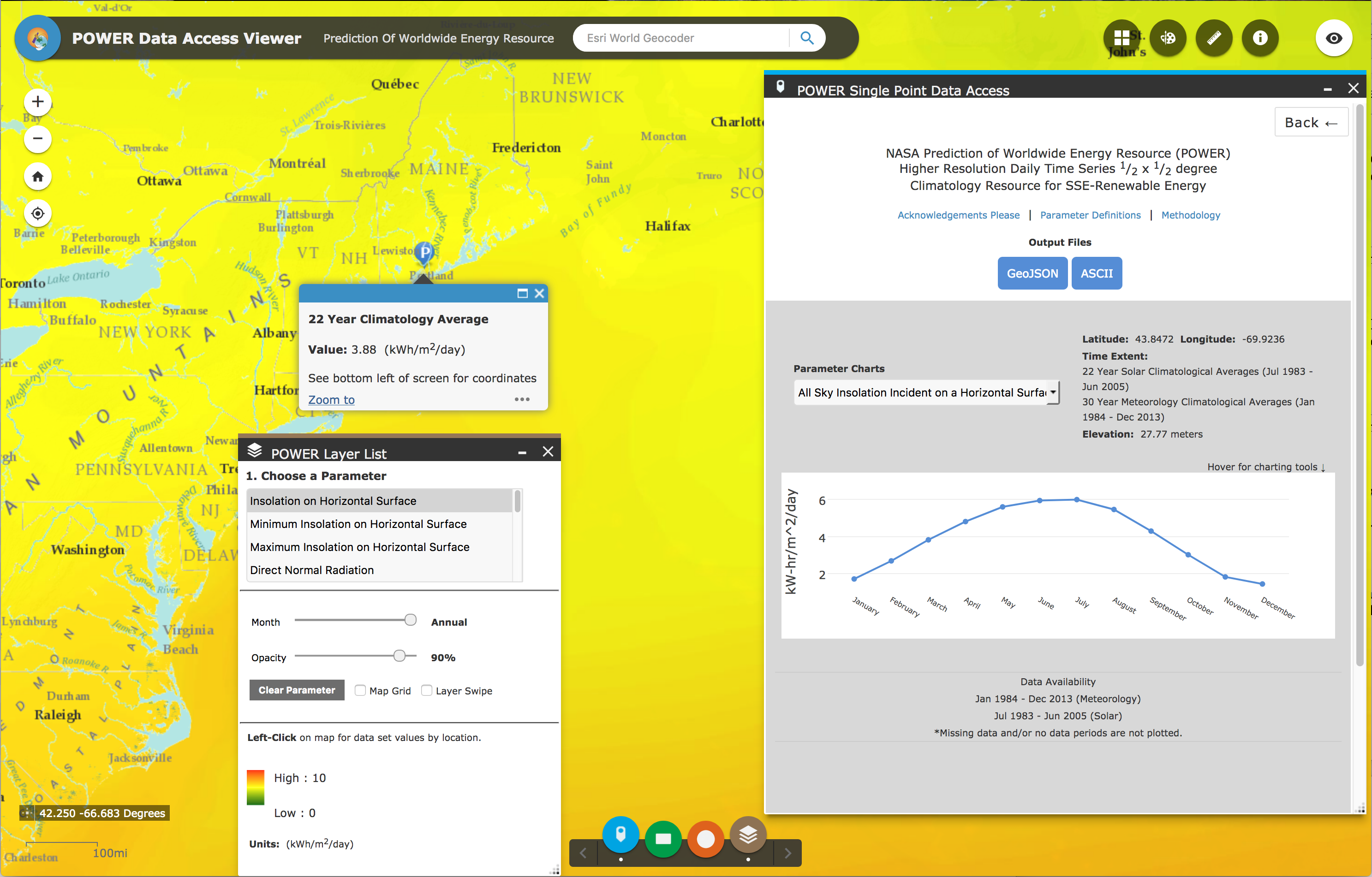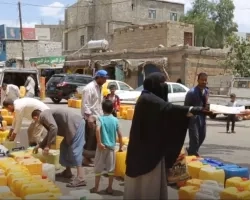Maine doesn’t just do lobsters. The state has a growing coffee scene, including an organic micro-roaster based in Topsham. With help from a NASA website, Wicked Joe coffee used space-based data to build the plant that keeps its eco-friendly java flowing here on Earth.
“Wicked Joe is a family owned company committed to producing exceptional coffees using sustainable business practices from crop to cup,” said Wicked Joe founder Bob Garver. Part of this sustainability effort was finding a way to make its new roasting facility’s production space as energy efficient as possible. Typically, space heating accounts for a building's largest energy usage, especially in northern climates — and Wicked Joe had a lot of space to heat.
“This is a clear span space of over 20,000 square feet [1,858 square meeters] with a roughly 25-foot [7.7 meter] ceiling,” Garver said of his production space. “This covers over 80% of our facility.”
Engineers suggested that a solar wall would be an ideal way to heat the space efficiently. This solar wall would be southward-facing, designed to generate heat from the sun’s radiation – similar to a large, standing solar panel
“This was the first time we had even heard of a solar wall,” Garver confessed. “But we were both open to and motivated to support the development of new technologies.”
To build Wicked Joe’s solar wall, designers used the RETScreen Clean Energy Management Software, an open-access energy analysis tool from Natural Resources Canada. The RETScreen software automatically fetches climate and weather data from NASA’s Prediction of Worldwide Energy Resource (POWER) website.
POWER is a NASA Earth Applied Sciences project based at NASA’s Langley Research Center in Hampton, Virginia, that improves on existing renewable energy information by creating new data sets from satellite systems. It provides internet-based access to Earth-observing data and models that are specifically tailored to assist in the design of solar- and wind-powered renewable-energy systems.
Incorporating NASA satellite data on sunlight, wind, temperature and precipitation patterns into RETScreen’s feasibility analysis module, it was determined that a glazed solar wall would capture 40% more heat and work better with Topsham’s northern latitude and climate.
“This was the first time we had even heard of a solar wall. But we were both open to and motivated to support the development of new technologies.”
–Bob Garver, Wicked Joe
Shortly after the installation of the wall, Wicked Joe discovered that the facility’s roasters were an unexpected heating asset, which allowed its facility to use the solar wall less than it originally thought.
Garver estimated that the solar wall is saving Wicked Joe more than $10,000 a year on its heating bill. However, he emphasized that “the benefits of solar, in our view, go far beyond the financial considerations or return on investment. While some regions may have ‘more optimal’ conditions for solar, we believe that any place where the sun shines is a good place for solar.” And that sunshine is helping Mainers wake up to a wicked good cup of coffee.
This story is part of our Space for U.S. collection. To learn how NASA data are being used in your state, please visit nasa.gov/spaceforus.





